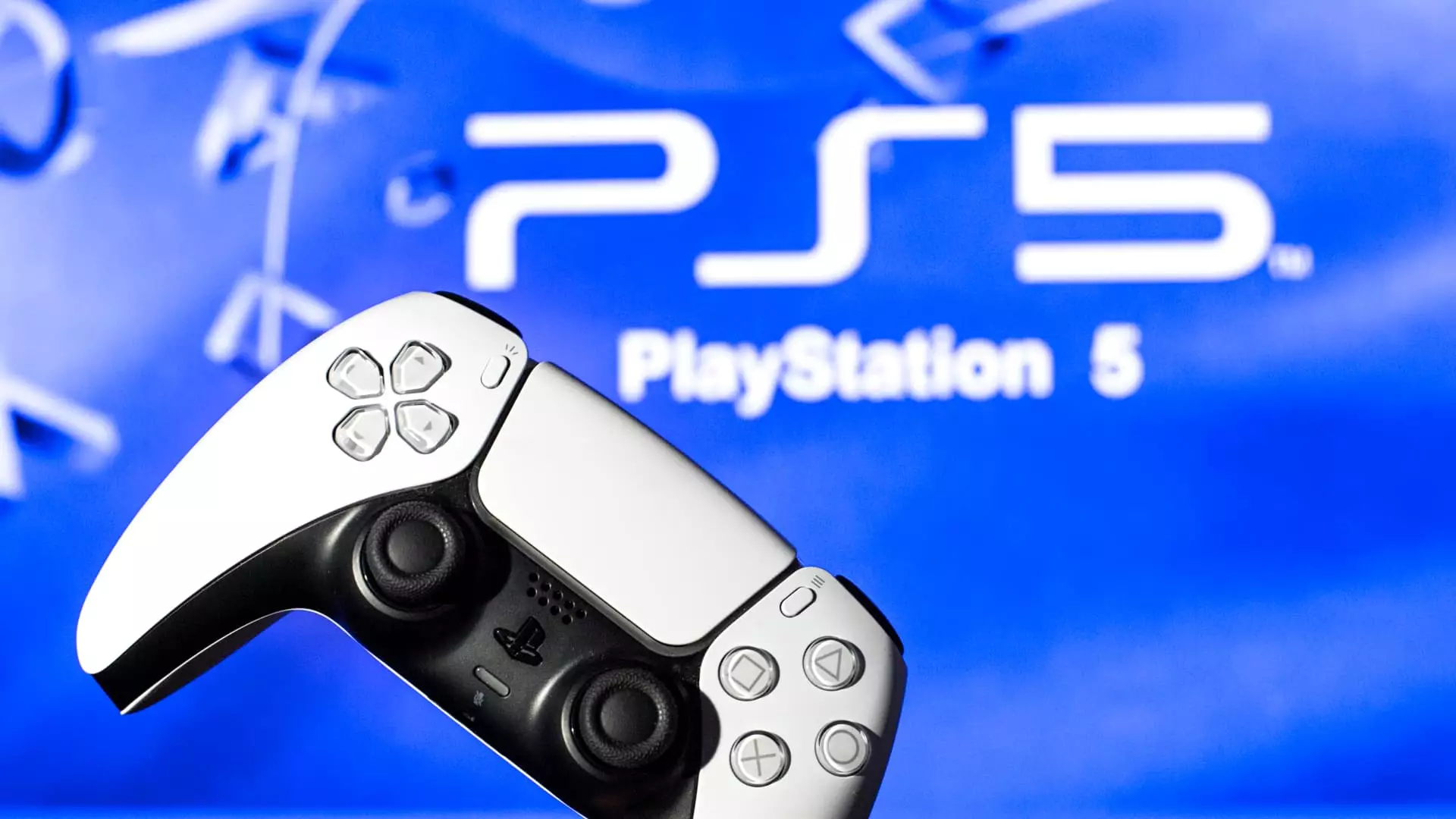Sony Corporation has recently showcased impressive financial results for the September quarter, far exceeding analysts’ expectations, particularly in its gaming division. As the company navigates a competitive tech landscape, its strategies and performance metrics reveal key insights about its strength and the challenges it faces.
Sony reported a revenue of 2.97 trillion Japanese yen (approximately $19.4 billion) for the September quarter. While this figure represents a 9% increase year-over-year, it slightly fell short of the expected 3.03 trillion yen. On the other hand, the company’s operating profit dramatically surpassed projections at 455.1 billion yen, which is an astonishing 73% increase from the previous year. These results have prompted Sony to raise its annual sales forecast for fiscal 2025 to 12.7 trillion yen, slightly up from the previous target of 12.6 trillion yen.
The operating profit estimate of 1.3 trillion yen has remained unchanged. This robust profit reflects the ongoing adaptation in many businesses towards digital and subscription models, particularly evident in the company’s gaming and network services segment.
A significant highlight from Sony’s financial report is its gaming and network services division, which accounts for a substantial portion of its overall revenue, reaching 1 trillion yen during the quarter—a 12% year-over-year increase. The resilience of this segment can be attributed to the shift towards digital game purchases and subscription services like PlayStation Plus. This trend aligns with the broader shift in consumer behavior, as gamers opt for digital platforms over traditional physical purchases.
Despite these advancements, the gaming hardware market, particularly console sales, has encountered some challenges. Sony sold 3.8 million PlayStation 5 units in the September quarter. This figure, while significant, represents a 22% decline compared to the same period last year. The diminishing hardware sales can be linked to a stagnant console market, characterized by a scarcity of blockbuster triple-A games to drive new purchases.
Looking forward, analysts remain cautiously optimistic about the gaming sector’s recovery. Significant upcoming releases, including a next-generation Nintendo Switch model and the highly anticipated Grand Theft Auto VI, are anticipated to reinvigorate the market. The launch of these titles could stimulate interest in gaming consoles, which would directly benefit Sony as it strives to maintain its market leader status. Additionally, the introduction of the PlayStation 5 Pro, equipped with enhanced graphics capabilities and advanced AI features, could further boost consumer interest, especially during the critical holiday shopping season.
Moreover, the new Astro Bot platformer, which has sold 1.5 million units in just 58 days post-release, indicates a positive reception to new game titles even in a challenging market. There may be potential for increased software sales, which can compensate for declines in hardware sales.
While Sony’s financial performance for the September quarter demonstrates strong growth and a promising outlook in its gaming and network services segment, the company must navigate several challenges. The dip in console sales and the competitive pressures within the gaming industry underscore the need for innovation and strategic planning. As Sony embarks on the next phase of its growth trajectory, its ability to leverage digital trends, expand its gaming portfolio, and adapt to changing consumer preferences will be critical for sustaining its financial momentum in the face of evolving market conditions.

